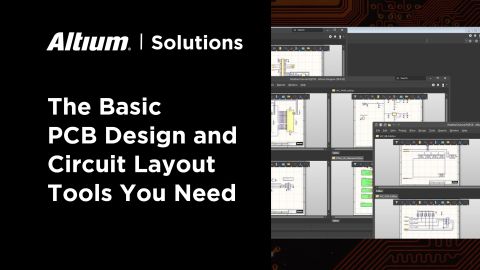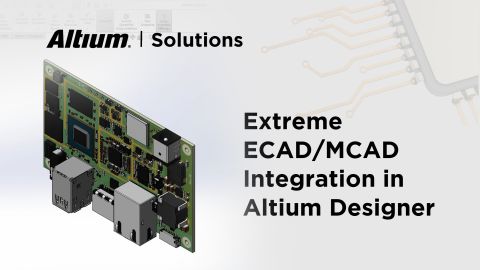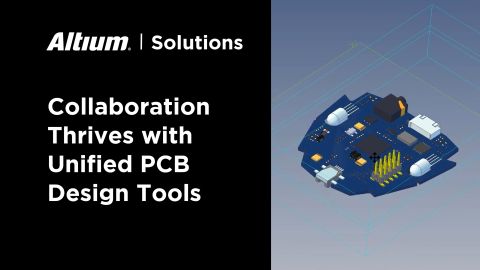Are You Ready for the Cloud?
Are you ready for the cloud?
I know. I agree. I’m with you. We’ve heard that question way too many times already. Every time we turn around, one solution provider or another is making grand pronouncements about moving to the cloud and what it means for engineering.
“It’s revolutionary,” they say.
“It’ll save your business,” they say.
“Companies without it will go out of business,” they say.
Well, like many, I’m hyperbole-fatigued. I’m an industry analyst who covers solutions that engineers use to design products. I attend the conferences. I listen to the briefings. I interview the executives. There is no doubt about it: there’s a lot of hyperbole out there. Today’s solution providers struggle to stand out in the crowd. To combat that, they ratchet up the rhetoric. I get it. I don’t like it, but I get it.
Now, with all that said, some technological advances warrant attention.
New innovations in solutions for engineering can make a difference. Seriously. Sometimes that comes from a transition to the cloud. Sometimes that evolves from automation from machine learning or artificial intelligence. Sometimes that involves integration amongst many tools in an ecosystem. Some of these things have merit. Some of them can truly be transformative. So, here’s the key question:
How do you figure out which solutions are worthy of your time?
That is where we come in. Altium sponsored Lifecycle Insights’ contribution to this blog. We’ll be publishing posts that talk about the implications of moving ECAD design and collaboration to the cloud. That actually breaks down into a number of different issues. More specifically, here’s what that means.
No Altium Product Stuff
If you hadn’t heard, Altium recently announced the launch of a new cloud platform for board systems design and development called Altium 365.
If you’re looking for the latest capabilities in Altium’s 365 products, these posts aren’t for you. There are plenty of other posts here that will delve far deeper into that topic.
Lastly, our contributions here are not a direct endorsement of Altium’s offerings.
Implications for Engineering
We will, however, talk about how moving ECAD design and collaboration stuff the cloud affects engineering. There’s a lot to cover here. What about the component library? What about concurrent design of a single board? Going to the cloud has lots of implications on those and many other areas. We’ll cover key capabilities and the associated advantages and disadvantages.
Implications for the Enterprise
It’s not all about engineering though. Many other stakeholders in the company also need to access, view, interrogate, and mark up engineering stuff. Accordingly, there are implications for how to execute and automate processes. How does it affect procurement? What about manufacturing? Service? Quality? We’ll hit on what capabilities are important and the impact of each.
Implications for IT
The design artifacts produced by engineering are crucial intellectual property. How do you share that in a frictionless yet secure manner with both internal and external stakeholders? That’s another area we’ll cover here.
Implications for Costs and ROI
In many cases, companies that move to the cloud are going from perpetual licenses to a subscription model. As a result, there are plenty of implications both for budgeting and justifying the expense to executives . We’ll get into that as well. By the way, this includes scaling your deployment up and down over time.
Recap
What’s the takeaway? Here you go:
- If you’re trying to figure out if moving to the cloud makes sense, you’re not alone. Furthermore, you’ve come to the right place.
- In these posts, folks from Lifecycle Insights will be publishing information on the move to the cloud. We’ll talk about the implications for engineering, the enterprise, IT, as well as costs and ROI.
- No Altium-specific information here. We won’t be reviewing products. We won’t be publishing tips or tricks. We’re not endorsing their offering.
- If you enjoy hyperbole, well, these posts won’t be your thing. We at Lifecycle Insights like to cover issues in a non-overbearing manner. You’ll have to get your fix elsewhere.
- The overall purpose here is to help you figure out if moving your board design and development to the cloud is the right choice. We aim to educate you on both the good and the bad.
That’s the intro.
If you’d like specific topics to be covered, leave a comment. We’re open to ideas, especially if writing a post on them will help you wrap your mind around what the cloud means for board systems design and development. So, leave a comment!












